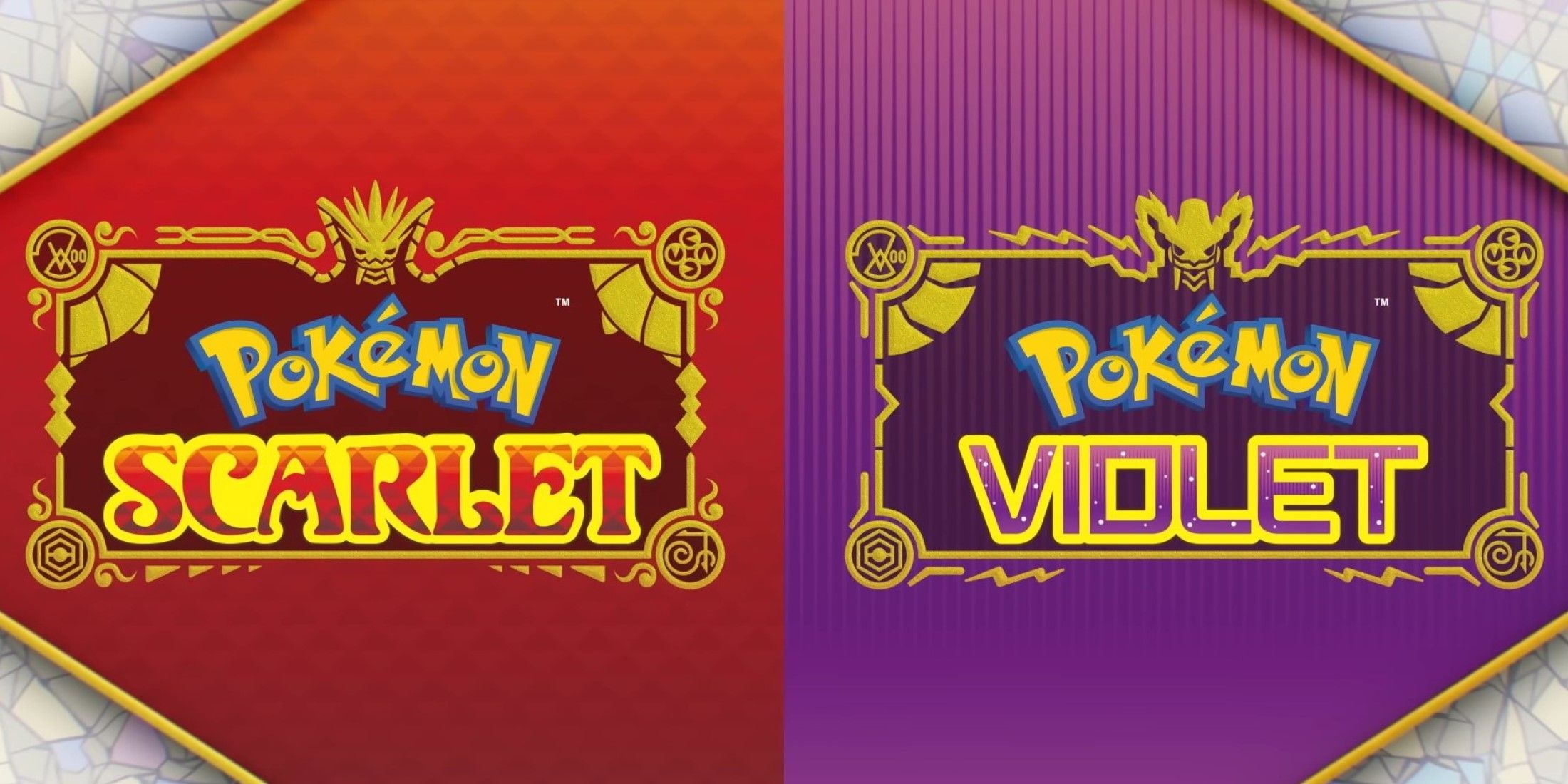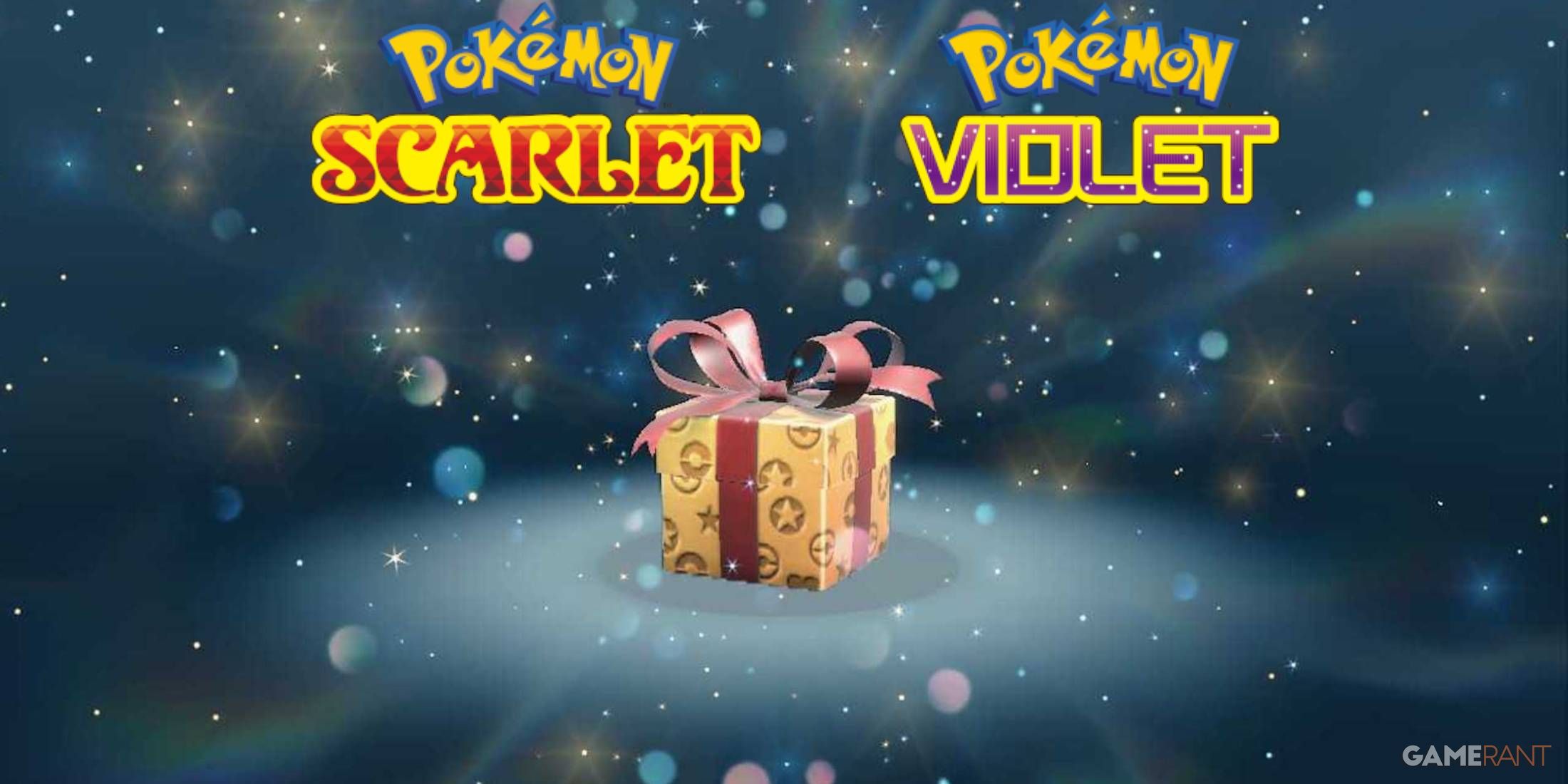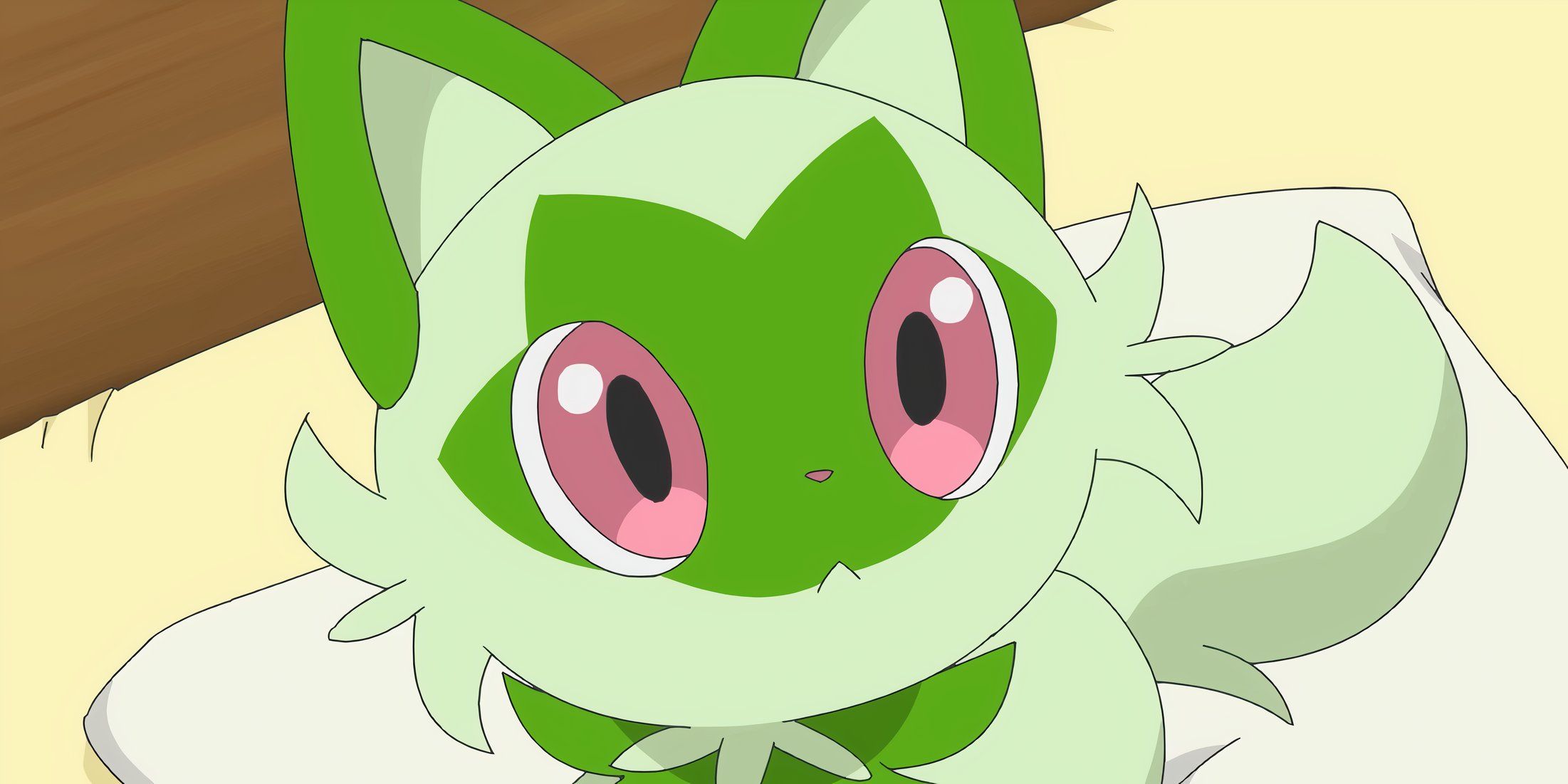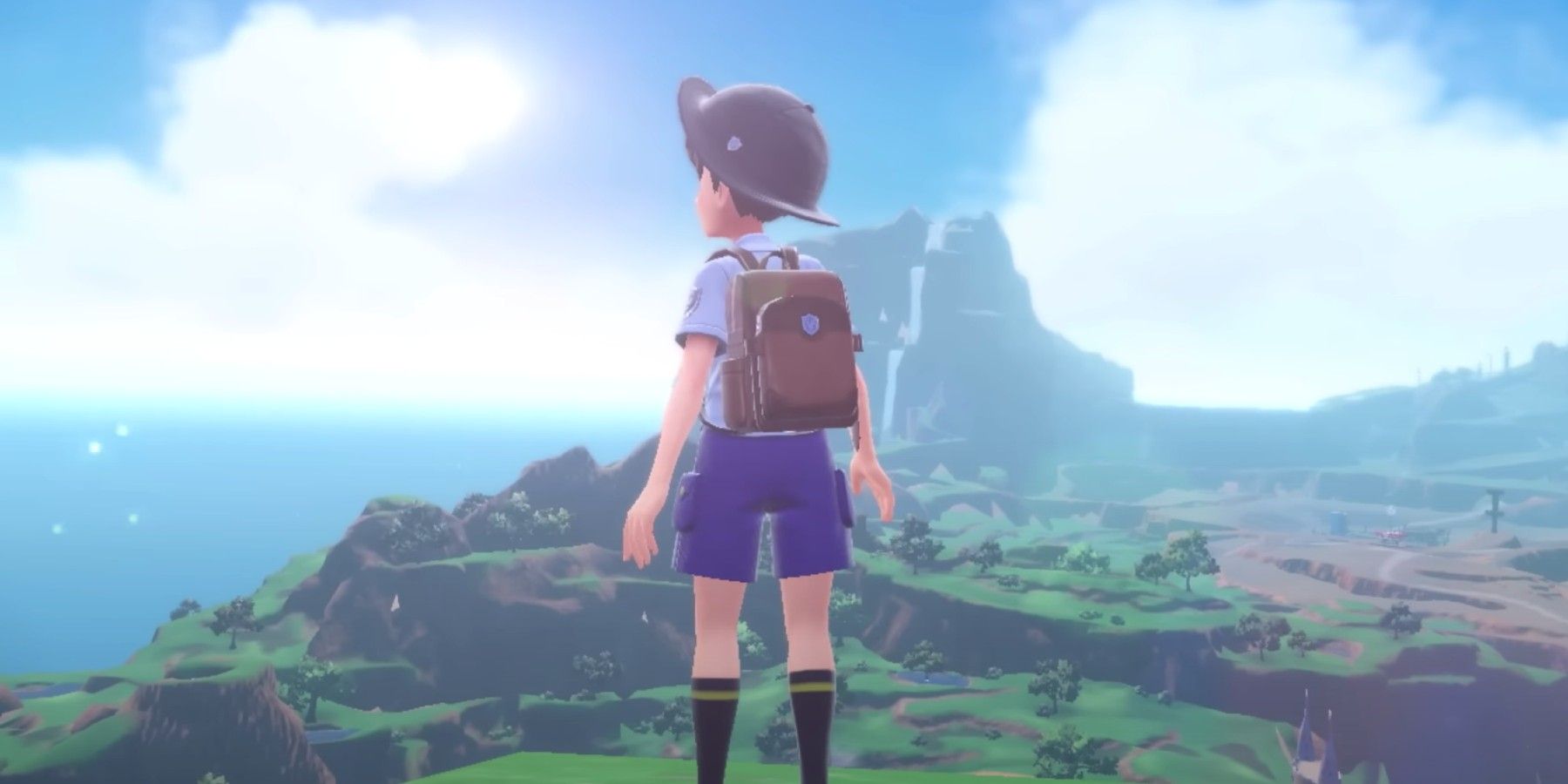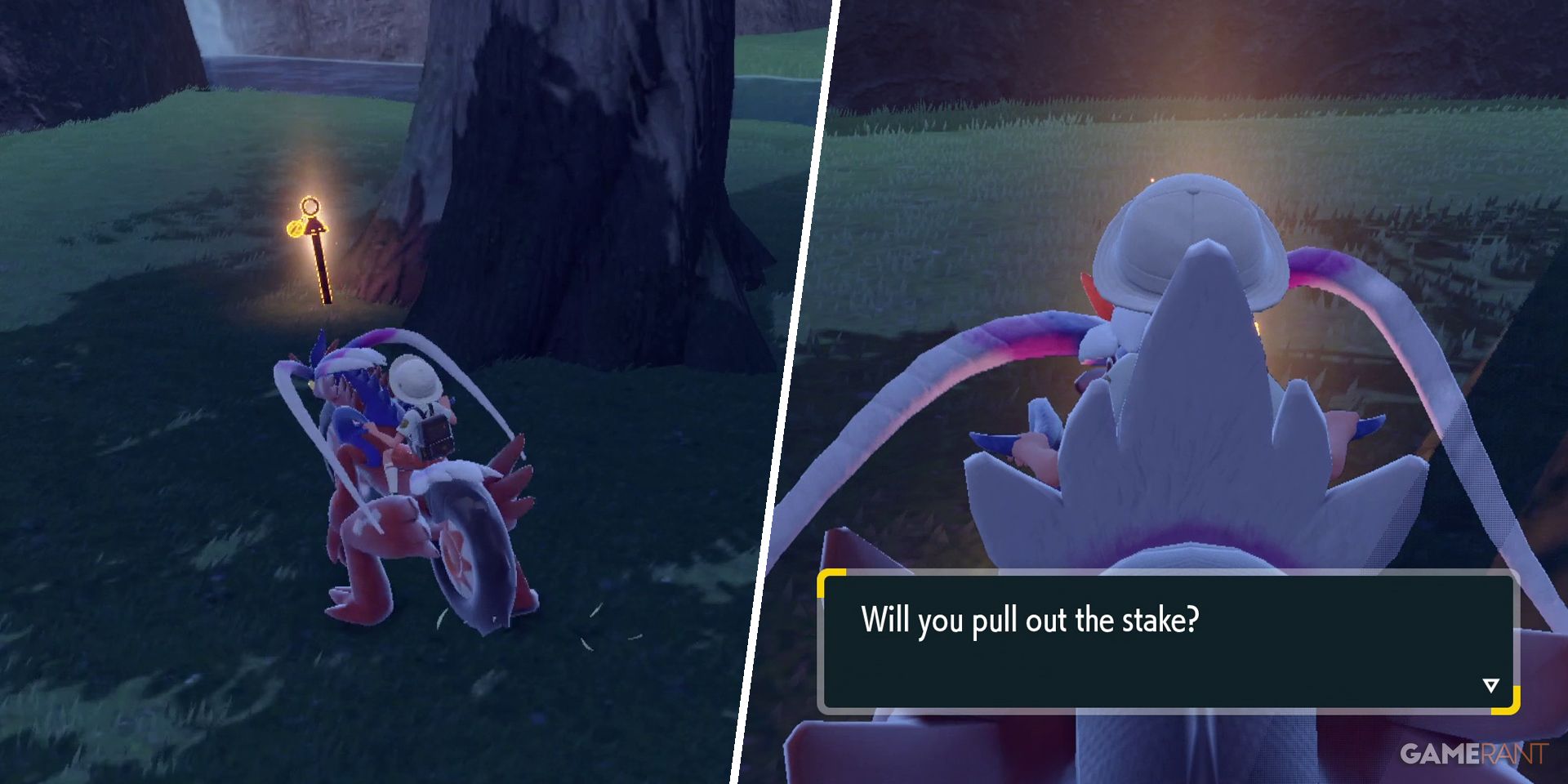Pokemon Scarlet and Violet sought to make Paldea more expansive than any region before it, utilizing the open-world formula to bolster its sense of discovery. The ability for players to travel across the region's land, sea, and sky at their own pace was a refreshing take for the series, with one particular feature working as a way to encourage and reward exploration. The games' Legendary Quartet, comprising the four Treasures of Ruin, required that their stakes be pulled from the earth in order to gain freedom from their shrines, a feat that could only be accomplished through the player's efforts.
Each of Pokemon Scarlet and Violet's Legendary Quartet held eight stakes across the region, resulting in a literal treasure hunt to gain access to the Treasures of Ruin. Their inclusion made proper use of Miraidon/Koraidon's mechanics, relying on players having progressed enough with Arven's storyline to traverse across Paldea's varying terrain. While the stakes could be quite noticeable when seen from a distance given their glowing colors, their placements made it so that players would be hard-pressed to find all of them through their search alone; because of this, many had to rely on external help.
Pokemon Scarlet and Violet's Legendary Quartet Stakes Can Be Difficult to Complete Without External Help
Due to the number of them present and how far-reaching the Paldea region was, the ability to find and pull the quartet's stakes could be quite a challenge to overcome. As a result, many players had to resort to reading guides on Scarlet and Violet's stake placements, taking a bit of fun out of the feature. While the concept was an intriguing and novel approach that helped to emphasize exploration, its execution relied more on players being incredibly thorough; even after hours of traversal, there was a good chance that some stakes could be missed.
Though stakes could be found in the general vicinity of their corresponding shrines, their placements were a bit random in regard to terrain; some were hidden behind trees, others at the edge of cliffsides. A few of the more intriguing locations pertaining to the Treasures of Ruin were those that could be discovered from the Ten Sights of Paldea, like how Firescourge Shrine was tucked away in a cave behind the Fury Falls, making the site feel mysterious and otherworldly. Placements like these felt more purposeful in execution, though others, like many of the games' stakes, felt hidden for no reason other than being difficult to find.
Some might argue that this was a larger symptom of Scarlet and Violet's approach to its open-world, given that the Paldea region didn't have a ton of notable landmarks to fill up its space, resulting in many stakes being placed in arbitrary locations. This could be an added difficulty faced in repeat playthroughs, as it would be near impossible for players to remember each stake's location from memory, resulting in the likelihood of relying on guides once more. Because of this, acquiring the Treasures of Ruin could be both a blessing and curse for players, leaving some frustrated with the experience despite the feature's innate sense of discovery.
With The Hidden Treasure of Area Zero set to diverge from the Paldea region, it's unclear if a similar feature will be present in the games' DLC. It seems likely that the content will opt for something new to set apart its exploration, though it's clear from the title that another treasure will be available for players to seek out. How much this treasure will rely on exploration remains to be seen, though it won't be long before players get to see what discoveries await them.
Pokemon Scarlet and Violet are available now for the Nintendo Switch.

